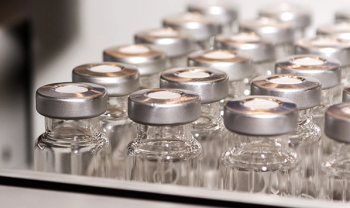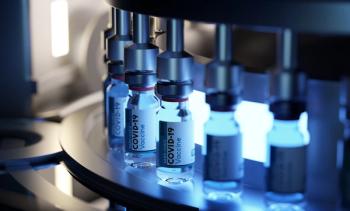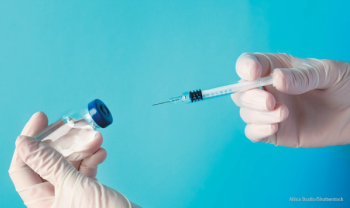
Vaccine Development: Turning Marathons in to 100-day Dashes
It took less than a year to develop the first COVID-19 vaccine, but an epidemic preparation group has said even more speed could be added and proposed setting 100 days as a goal for the development of future vaccines,
From the time the COVID-19 virus was sequenced to regulatory authorization of the first vaccine, 326 days elapsed. This was a speed record for the pharmaceutical industry, but a group called the
“If this capability had been in place when COVID-19 first struck, the first vaccines could have been administered in April 2020, when there were fewer than 4 million cases recorded (worldwide), rather than December 2020, when the number of confirmed cases had reached 67 million,” wrote Ann Danaiya Usher, a medical journalist and editor, in a Lancet
In a recent
To date there have been over 450 million confirmed cases of COVID-19, and some experts believe the next pandemic could be just around the corner.
Fears are already rising about the potential for a highly transmissible version of H5N1 avian influenza to make the leap from animals to humans. Among cases where it has infected humans, the
A key technology that underlies CEPI’s confidence that the 100-day goal can be met is the development of
Traditional cell culture–based vaccines require weeks of growth and fermentation to develop large-scale supplies. One problem with making the transition to mRNA vaccines is that the development can be costly and relatively few labs worldwide have the necessary equipment.
Other innovations that could support 100-day vaccine development include:
- A different approach to clinical trials that allows for rapid clinical testing of a vaccine prototype in small but high-risk populations and accelerating the testing for immunological response.
- Combining or fusing clinical trial protocols to shorten the total time required for vaccine evaluation. Already phase 1 and phase 2 portions of clinical testing are combined, for example, and this practice can be extended.
- Advanced data analytics and stakeholder collaboration are also viewed as essential. Libraries of sequenced virus genomes and prototype vaccines must be developed. CEPI places much emphasis on the value of this advance preparation.
- Finally, rolling trial submissions are already used to involve the FDA from early in the process, and these reviews could be made more efficient.
“Investment in initiatives to achieve these prerequisites pre-outbreak could provide a level of readiness that opens up the ability to react within 100 days,” CEPI wrote.
Another hindrance to the success of this project is lining up adequate stakeholder support, Danaiya Usher wrote. Much of the money CEPI has raised comes from government and civic groups, and the pharmaceutical industry, whose cooperation is paramount, may balk at the stipulations attached to use of the money.
CEPI would like to see newly developed vaccines rolled out much earlier in lower- and middle-income countries. By July 2022, for instance, less than 25% of the population of Africa had received at least one dose of a COVID-19 vaccine. Pharmaceutical companies are largely based in wealthy countries and are for-profit companies.
Newsletter
Get the latest industry news, event updates, and more from Managed healthcare Executive.




















































